
What is it?
Challengers has been visiting schemes and listening to children’s views since 2016. In 2016, the Department of Health gave Challengers an innovation grant to create a tool kit to assist listening to ‘hard to hear children’, helping to gather their opinions and ideas. Over the next three years, we tested different creative ways of listening to children and explored which methods worked for both the children and data collection. What we now know as the Challengers Child Listening Programme was paused during Covid but as of 2022, we are back up and running, using the tools developed to help us listen to children, understand what they enjoy and how they feel when they are at Challengers.
We currently cover Pre-school (2 to 4 years), Play (4 to 12 years) and Youth (13 to 18 years). We are soon planning a visit to Challengers 555 scheme, which is a service that gives vulnerable children who are waiting for a school place somewhere to go in school hours – it is a safe and stimulating environment where they can try activities and get ready for going back to the school environment.
“Children and young people can tell you what they think and feel in many ways and have a right to be heard. You need to find out which is the best communication method for [each child] and learn how to use it”
Valuing the Views (CBF & Mencap 2017)
What do we do?
As Challengers Child Listeners, we spend a day or two each month visiting various schemes to listen to what children think about Challengers, supported by Charlotte, our Impact and Evaluation Manager. We wear a grey Challengers t-shirt, so children know they have a different role to playworkers.
We use a listening toolkit which consists of visual prompts and interactive games to help children tell us how they feel at Challengers, what they like doing and to find out what Challengers means to them. For those children who can’t or do not want to engage with the listening toolkit, we do a structured observation to better understand what they enjoy, what they don’t and how well Challengers is supporting them.

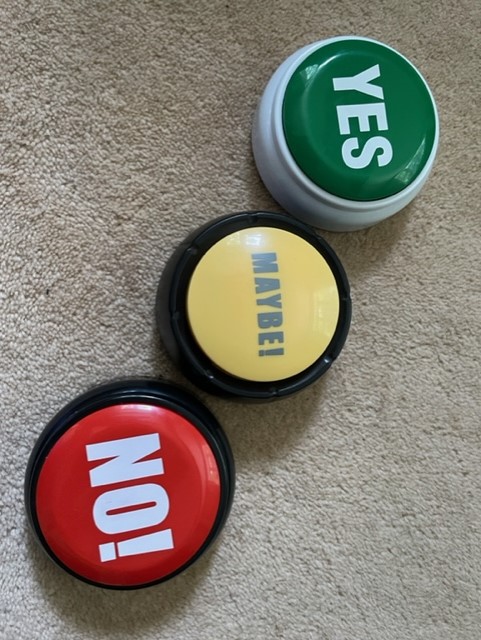
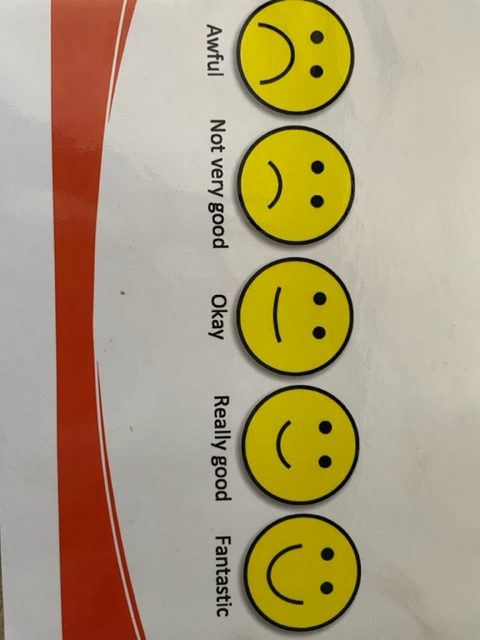
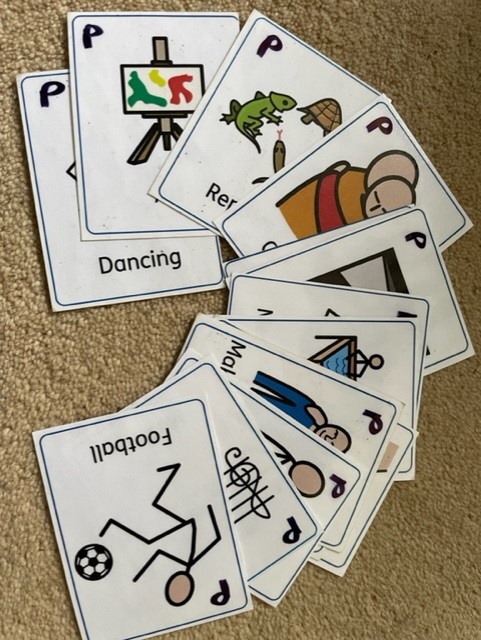
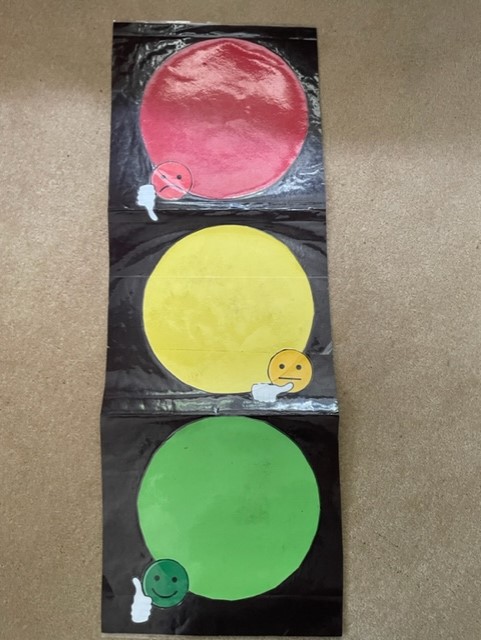


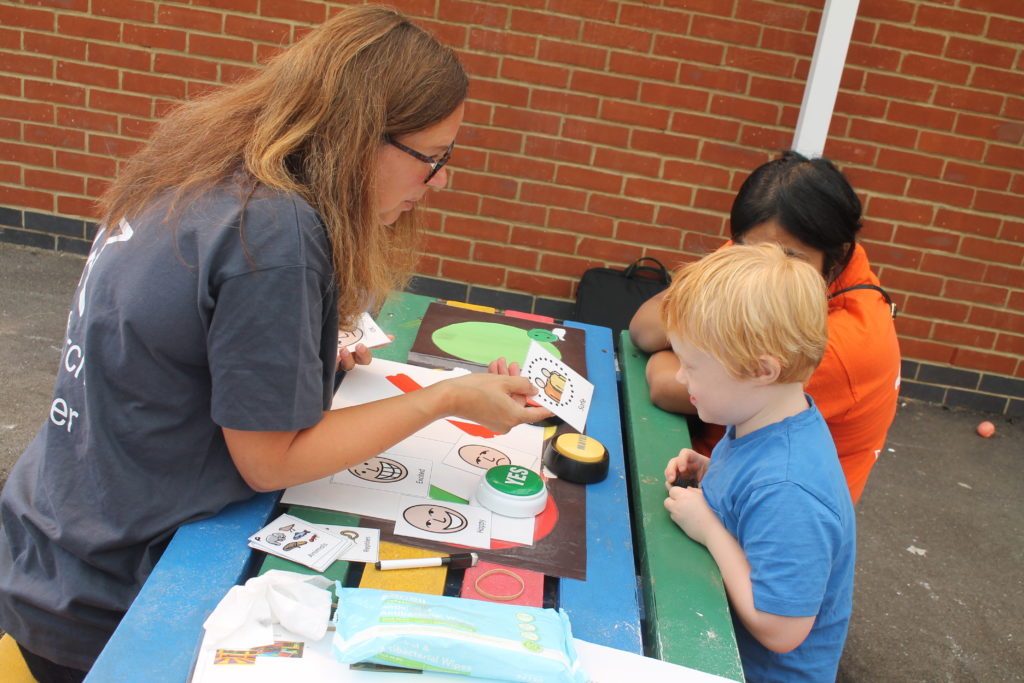
Why do we do it?
We want all children who attend Challengers to play and have fun. As well as listening to feedback from parents, carers and playworkers, we want to hear directly from children and young people about their time at Challengers, to check they are enjoying it and to see whether there is anything we can improve.
Challengers takes children’s views seriously. Listening to what they have to say helps us to:
- Give them a voice and a sense of belonging
- Report the findings back to the Operations Managers and scheme leaders so they can see how happy children are or whether anything needs to change in response.
- Incorporate children’s views into future plans and developments.
- Demonstrate what we do for funders and local authorities; statistics and anonymised quotes may also appear in our Impact and Annual reports.
“There are amazing moments on every visit but the two that stand out for me were two preschoolers taking the engagement kit into the soft play area and interviewing each other, and the time when a young man playing with a Batman puppet brought Batman over to the engagement table to answer all our questions… so we now know what Batman thinks of Challengers. (He loves it by the way!) ”
– Jacqui, Child Listener
Responses
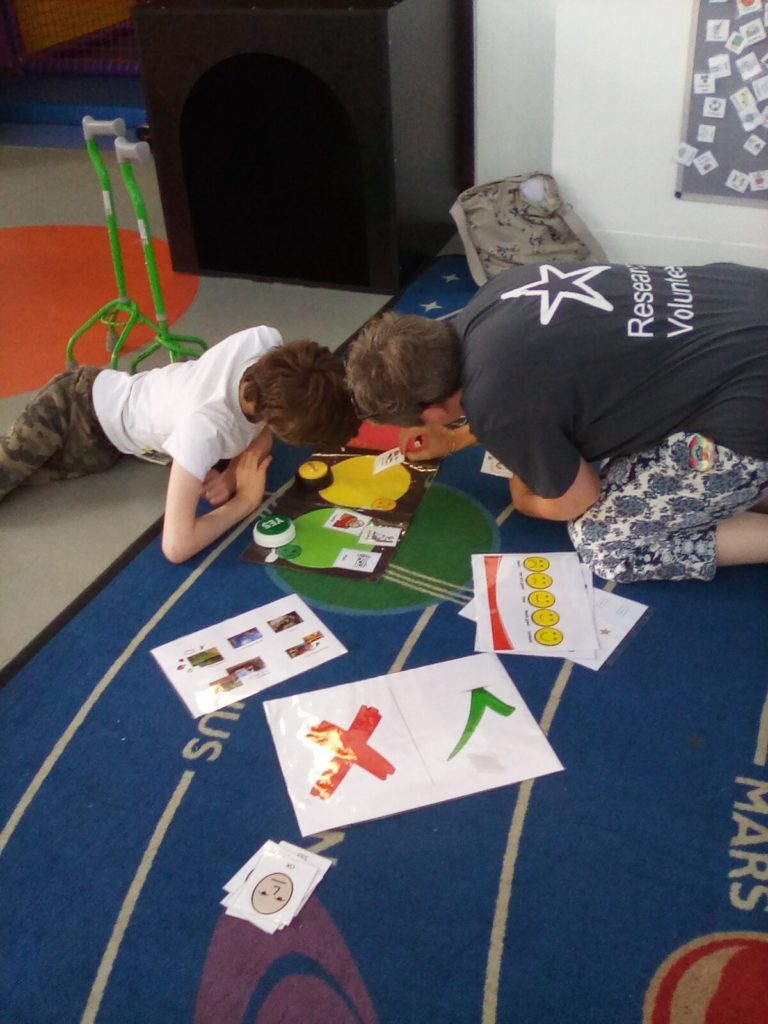
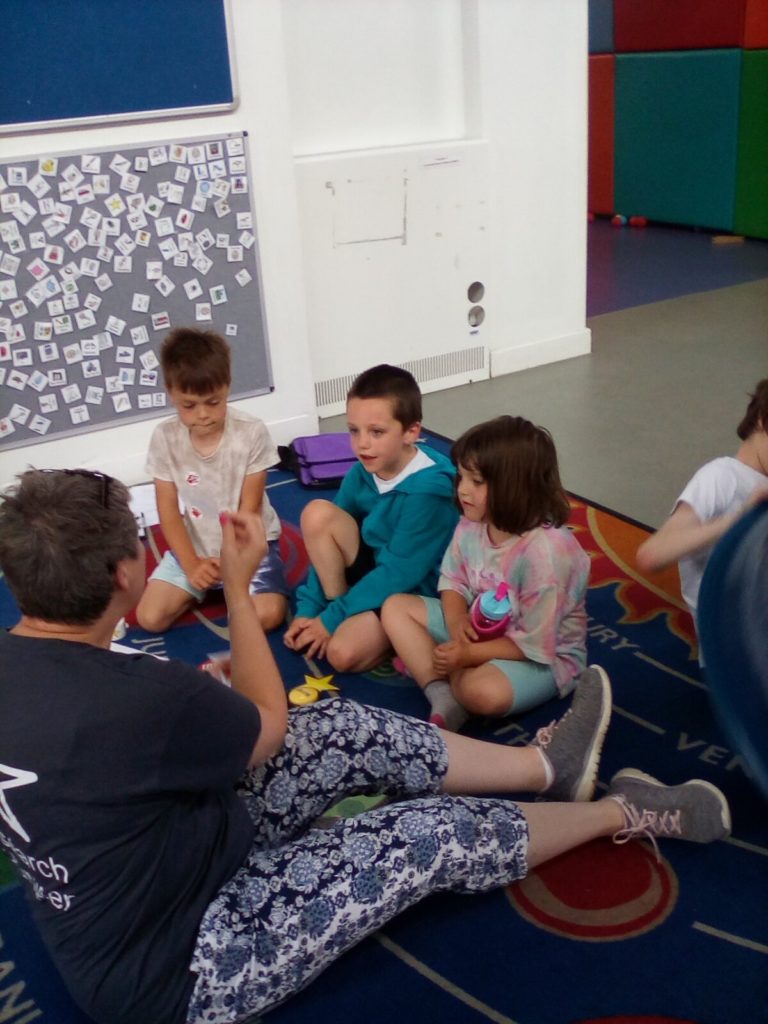
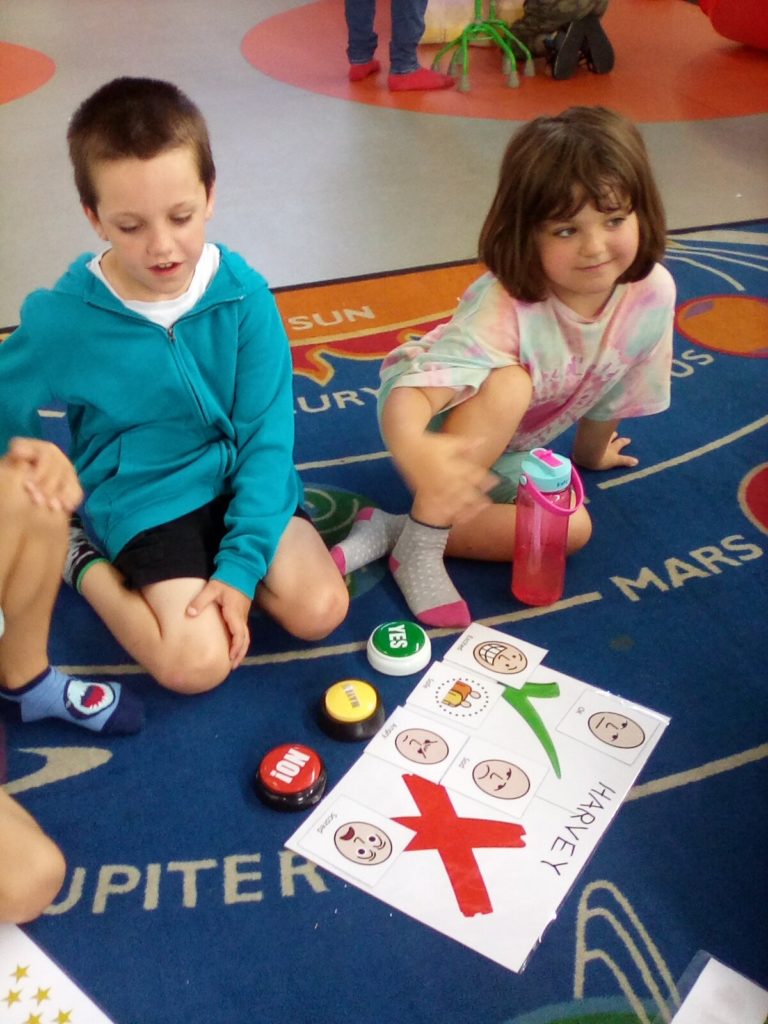
It’s important for us to look at how children of all ages respond to our work, and how effective our listening toolkit is so that we can evaluate the Listening Programme and adjust it accordingly. So far, we have found the following responses:
Pre-school
The pre-school children have shown lots of interest in sharing their views and have had some really helpful insights about the areas they most enjoy playing in. There was a lot of enthusiasm for the soft play area (in fact, this was a theme at all schemes!). The physicality of the toolkit works really well with the preschoolers who often want to handle the cards, press the buttons and draw on the laminated pictures (for example, circling their favourite play area).
Play
At Play, children are often having so much fun meaning it takes a bit of effort to encourage them to join in the engagement, but once they are engaged, they provide fantastic feedback and suggestions. Sometimes children don’t want to do all the activities and that is fine, we are happy to hear from them but there is no need for each child to do all of the activities.
Youth
We have been able to spend time using the observation method with children at all schemes but particularly at Youth and have been struck by how well playworkers engage with children they are providing 1:1 support for. For example, noticing small signs which indicate happiness or frustration and facilitating access to activities which they know that the child they are supporting will enjoy.
We hope you have enjoyed finding out a little bit more about the Challengers Child Listening Programme! If you have any more questions about the programme, please get in touch with Charlotte Bagchi, Impact and Evaluation Manager.

